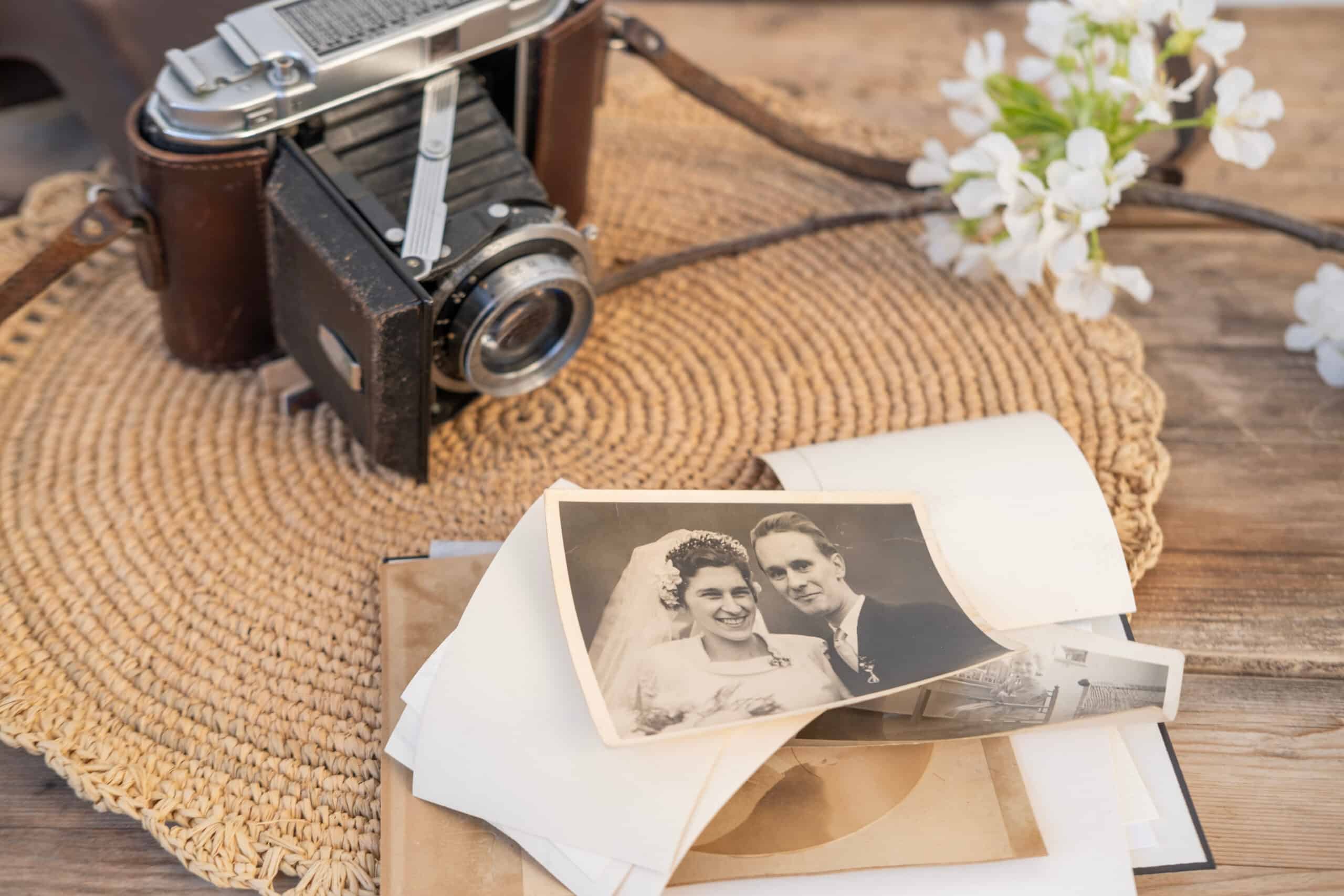Family heirlooms are not just old objects passed down through generations—they are tangible pieces of history that carry immense emotional and sometimes financial value. Whether it’s a grandmother’s diamond ring, a vintage grandfather clock, or a piece of hand-carved furniture, heirlooms hold memories and stories that transcend time.
But what exactly qualifies as a family heirloom? And how do we protect and preserve these cherished possessions for future generations? Let’s explore the concept of family heirlooms, their significance, and how you can safeguard them.
Defining a Family Heirloom
A family heirloom is typically an item that has been passed down from one generation to the next within a family, often over multiple generations. These objects are usually of sentimental, cultural, or historical value, representing a connection between family members across time. While the term “heirloom” is often associated with valuable objects, it doesn’t always mean the item must be financially expensive. The emotional value of an heirloom often far outweighs its market value.
Common Examples of Family Heirlooms:
-
Jewelry: Rings, necklaces, watches, or bracelets that have been handed down, often with significant personal history.
-
Furniture: Antique furniture such as armoires, chairs, or dining tables that have been part of family life for decades or even centuries.
-
Art: Paintings, sculptures, or photographs that have been passed down and represent a family’s artistic or cultural heritage.
-
Clothing and Textiles: Wedding gowns, quilts, or clothing that represents significant family milestones.
-
Books and Documents: Family bibles, letters, or historical documents that contain stories and genealogical information about the family.
-
Silverware and China: Fine china sets, silverware, or other decorative items used for special occasions.
These objects are more than just possessions—they often hold the stories, traditions, and values that define a family’s identity.
The Emotional and Historical Significance of Heirlooms
Family heirlooms carry deep emotional significance. They serve as tangible connections to family members who may no longer be around, allowing future generations to feel a sense of continuity. When a grandchild wears the same necklace their grandmother wore at their wedding, or when a son inherits a father’s watch, it’s a way of keeping family memories alive.
In addition to the personal memories attached to heirlooms, they also often represent important milestones in a family’s history. For example, a family bible passed down for generations can symbolize the family’s faith and heritage, while a vintage wedding dress might reflect the importance of family traditions in the celebration of marriage.
Heirlooms often help younger generations learn about their family’s roots, cultural traditions, and history. This can foster a sense of pride and belonging, giving children and grandchildren a deeper connection to their family’s past.
Financial Value of Family Heirlooms
While many family heirlooms are cherished for their sentimental value, some items may also have significant financial worth. This is especially true for antiques, fine art, jewelry, and collectibles. Appraising these items can give you an understanding of their market value, which can be useful for estate planning or insurance purposes.
For instance, a rare piece of jewelry, a well-preserved painting, or an antique furniture set could be worth thousands or even millions of dollars. If the item’s value is substantial, it’s important to have it professionally appraised and insured to ensure it’s properly protected. Even if an heirloom isn’t worth a great deal monetarily, it can still carry value as part of your family legacy.
Preserving Family Heirlooms for Future Generations
Because family heirlooms are so valuable both emotionally and financially, it’s crucial to preserve them properly. Here are some steps you can take to ensure your heirlooms remain in good condition for future generations:
-
Proper Storage:
Store heirlooms in a safe, climate-controlled environment to prevent damage from temperature fluctuations, humidity, or pests. For example, fine art should be stored in a dark, dry place, while clothing and textiles should be kept in acid-free boxes or garment bags to prevent deterioration. -
Regular Maintenance:
Some heirlooms, such as furniture or jewelry, may need regular cleaning or maintenance. Be sure to follow care guidelines specific to each item. For instance, you can clean silverware with a soft cloth and store it in a tarnish-resistant pouch. For antique furniture, avoid exposing it to direct sunlight or excessive heat. -
Create a Documented History:
A crucial part of preserving the story behind each heirloom is documenting its history. Write down who owned the item, when it was acquired, and any special memories or stories connected to it. This written history adds depth to the heirloom and can be passed along with the object for future generations to cherish. -
Insurance and Appraisals:
If your heirloom has significant financial value, it’s important to have it appraised and insured. This ensures you can replace the item if it’s lost, stolen, or damaged. Many insurance policies can include specific riders for high-value items like jewelry or antiques. -
Passing It Down:
Consider creating a plan for passing your heirlooms down to future generations. Whether through estate planning, a will, or simply a personal agreement, make sure your family knows the importance of these items and has a plan for how to keep them within the family. -
Preserve the Tradition:
Passing down heirlooms is as much about preserving the tradition and meaning behind them as it is about the items themselves. Consider sharing the stories, lessons, and memories associated with these objects with younger generations. This ensures that the significance of the heirloom is carried forward along with the item.
Final Thoughts
A family heirloom is much more than an object—it’s a part of your family’s history, a physical manifestation of your legacy, and a symbol of continuity across generations. Whether it’s a piece of jewelry, a work of art, or a simple keepsake, these treasured items serve as reminders of the people and stories that came before us. By properly preserving and passing down heirlooms, you ensure that future generations can continue to celebrate their family’s rich history and the values that have been passed on.
If you’re fortunate enough to inherit a family heirloom, remember that it’s not just about holding onto an object—it’s about honoring the stories and memories tied to it. And if you’re looking to preserve or pass on your own family treasures, take the necessary steps to safeguard them, ensuring that they’ll continue to be cherished by those who come after you.
If you have feedback, questions, or ideas for future articles or Information Hubs, please contact us. Your insights help us create valuable content.


